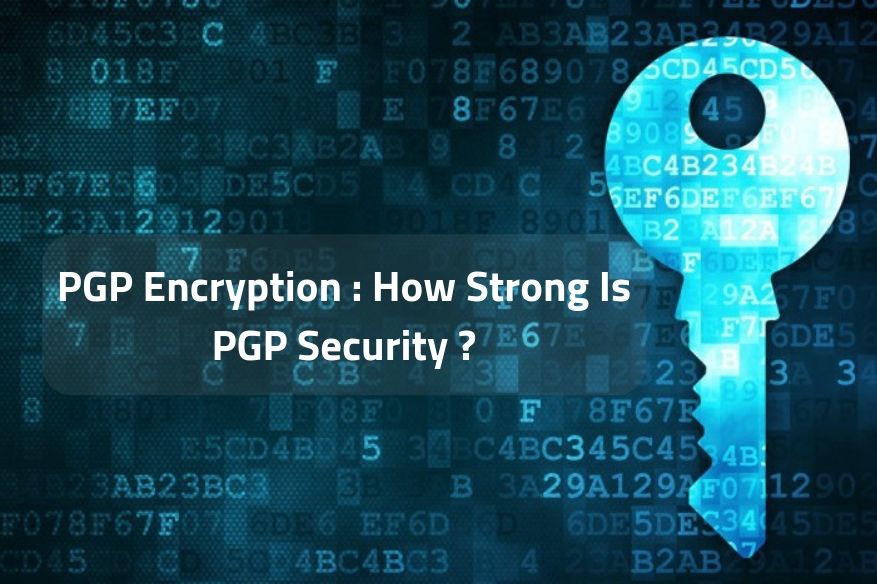PGP Encryption: How Strong Is PGP Security?

Today, privacy is a huge concern for many internet users. With cybercrime on the rise, hackers are victimizing millions on the internet through fake emails and tapping into unsecured network communications. Because of the rising vulnerability of network-to-network communication over the internet, it’s important to set up Pretty Good Privacy, or PGP encryption and security, when communicating online.
What Is PGP Encryption?
PGP encryption is a high-grade encryption system used to encrypt content being sent online. Because of the strict requirements of this encryption method, it is considered one of the most secure encryption systems available to the public. PGP security guarantees the privacy of content using PGP encryption by requiring the receiver to have two keys: a public key and a private key.
What Is PGP Encryption? — The Difference of PGP Encryption From Symmetric Key Encryption
Currently, there are two widely used encryption methods: the public key encryption, or asymmetric key encryption, and the symmetric key encryption. Let’s see how these two differ from one another:
1. Symmetric Key Encryption is an encryption method that uses only one key to encrypt and decrypt data. This method is faster than asymmetric, or public key, encryption, since there is only one key involved in the process.
The disadvantage of this is that the key must be known by both the sender and receiver. Communicating the key to the receiver via the internet exposes the key to hackers.
2. Asymmetric Key Encryption is the encryption method that PGP encryption falls under and requires two keys: a public key and a private key. The public key is given to the sender for encryption. And the private key is used to unlock the message.
Though it is much more secure than Symmetric Key Encryption, it is generally slower in performance, since the two keys involved are large to avoid brute force attacks.
What Is PGP Encryption? — How Are Public and Private Keys Used in PGP Security?
Public and private keys are vital in PGP security. Without these two keys, a message or content masked with PGP encryption cannot be decrypted. Anyone who intercepts or wrongly receives the encrypted message cannot read it with just one key. Here’s how these two keys are used in PGP security:
What Is PGP Encryption? — The Public Key
This is the key used to encrypt the message. To use PGP encryption, both the sender and the receiver must have a PGP encryption software on their computer. Before a message can be encrypted using PGP encryption and delivered, the receiver must generate a public and private key.
The public key is given to the sender. And they use this public key to encrypt the message before sending it to the receiver.
What Is PGP Encryption? — The Private Key
This key is the most important part of the PGP security landscape. It is used to decode the PGP encryption and expose the message. Only the private key generated with the public key can be used to unlock the message.
The private key must always be stored securely. This will prevent it from falling into the wrong hands. If hackers do not have the private key, it will take years for them to crack a PGP-encrypted message.
Also Read,
Is It Possible To Have Email Security Without OpenPGP/S-MIME?
Vulnerabilities in PGP and SMIME Will Leak Emails in Plain Text
Top 5 Encryption Software to Securely Encrypt Your Files in the Cloud